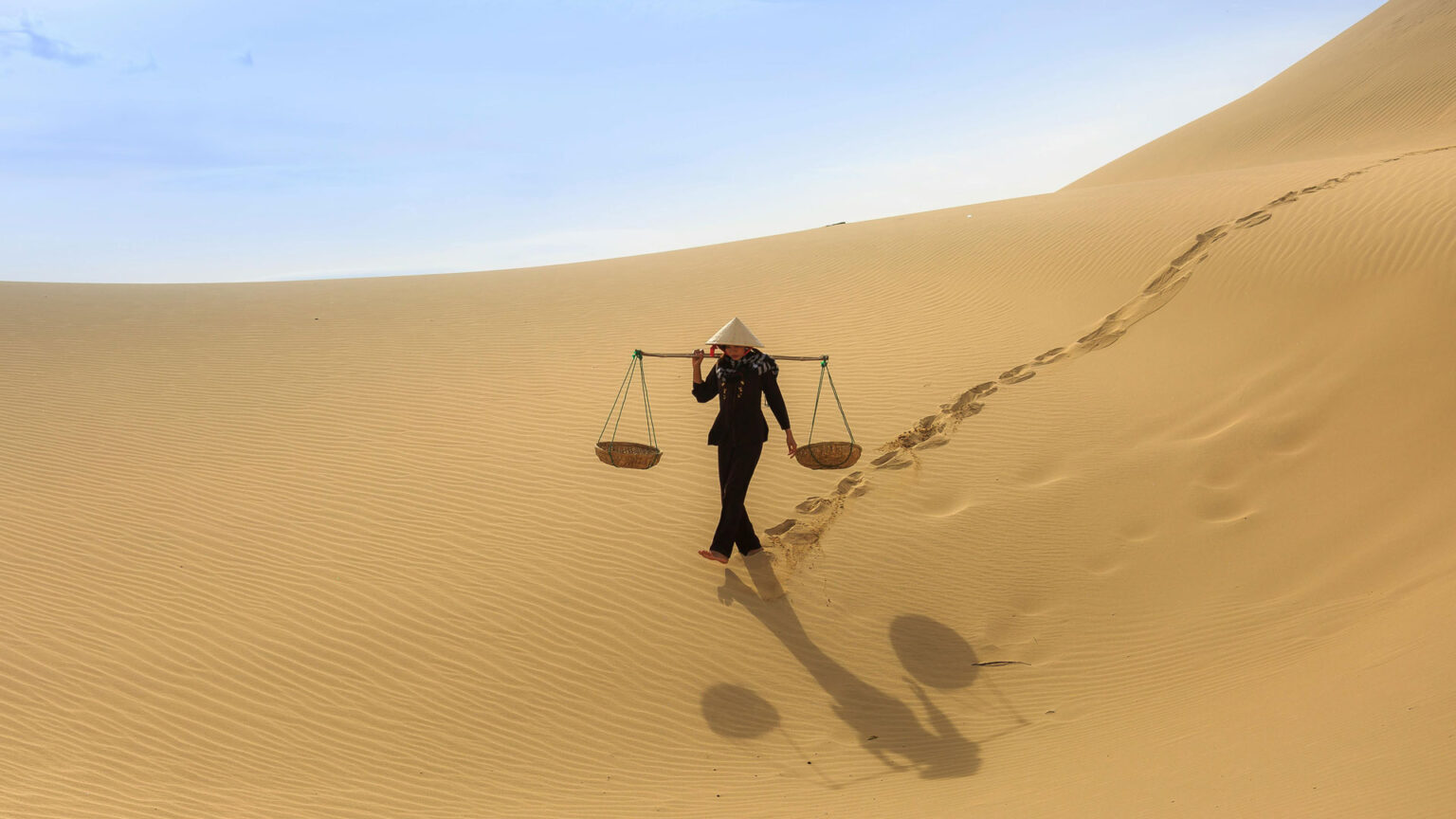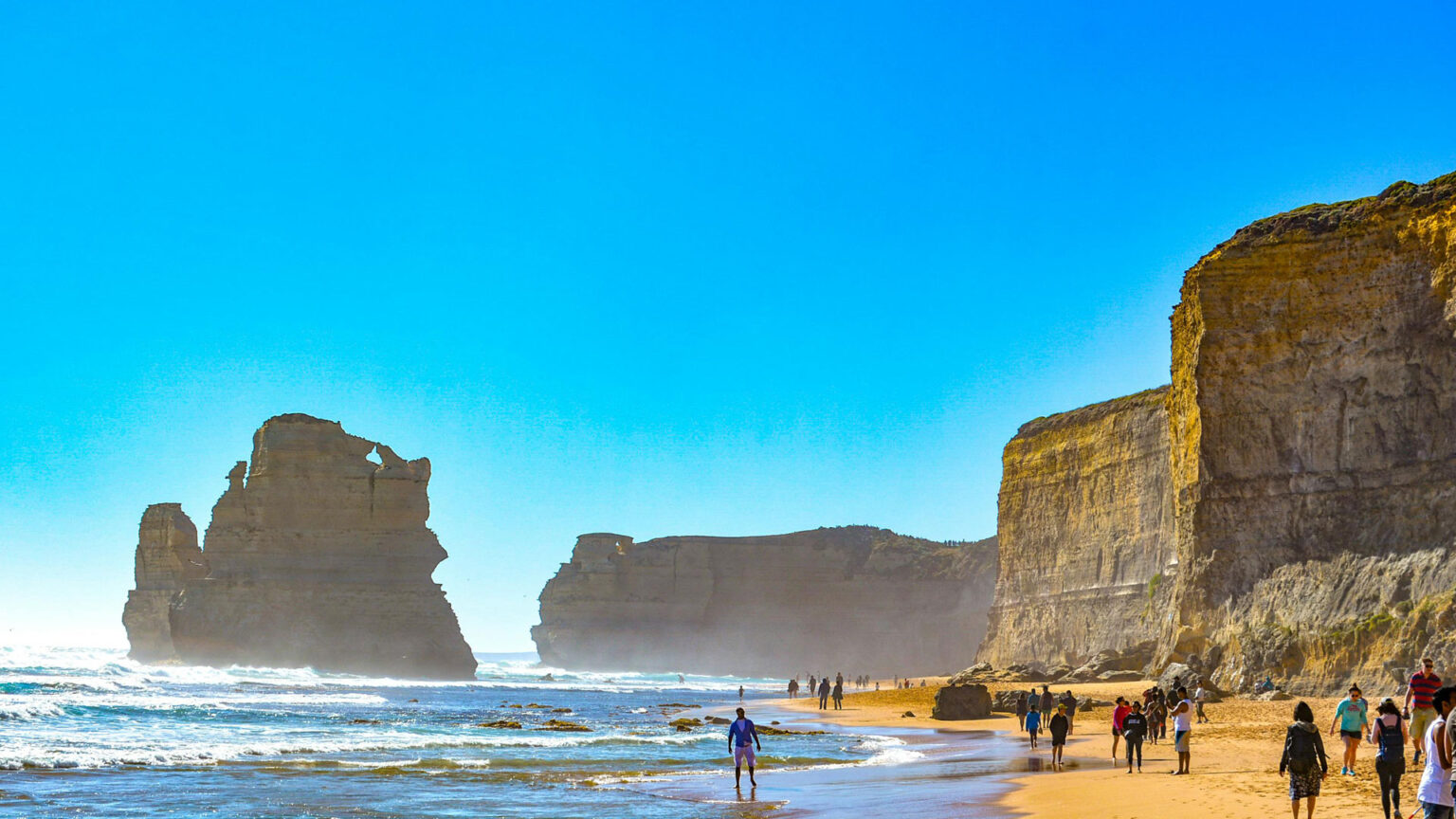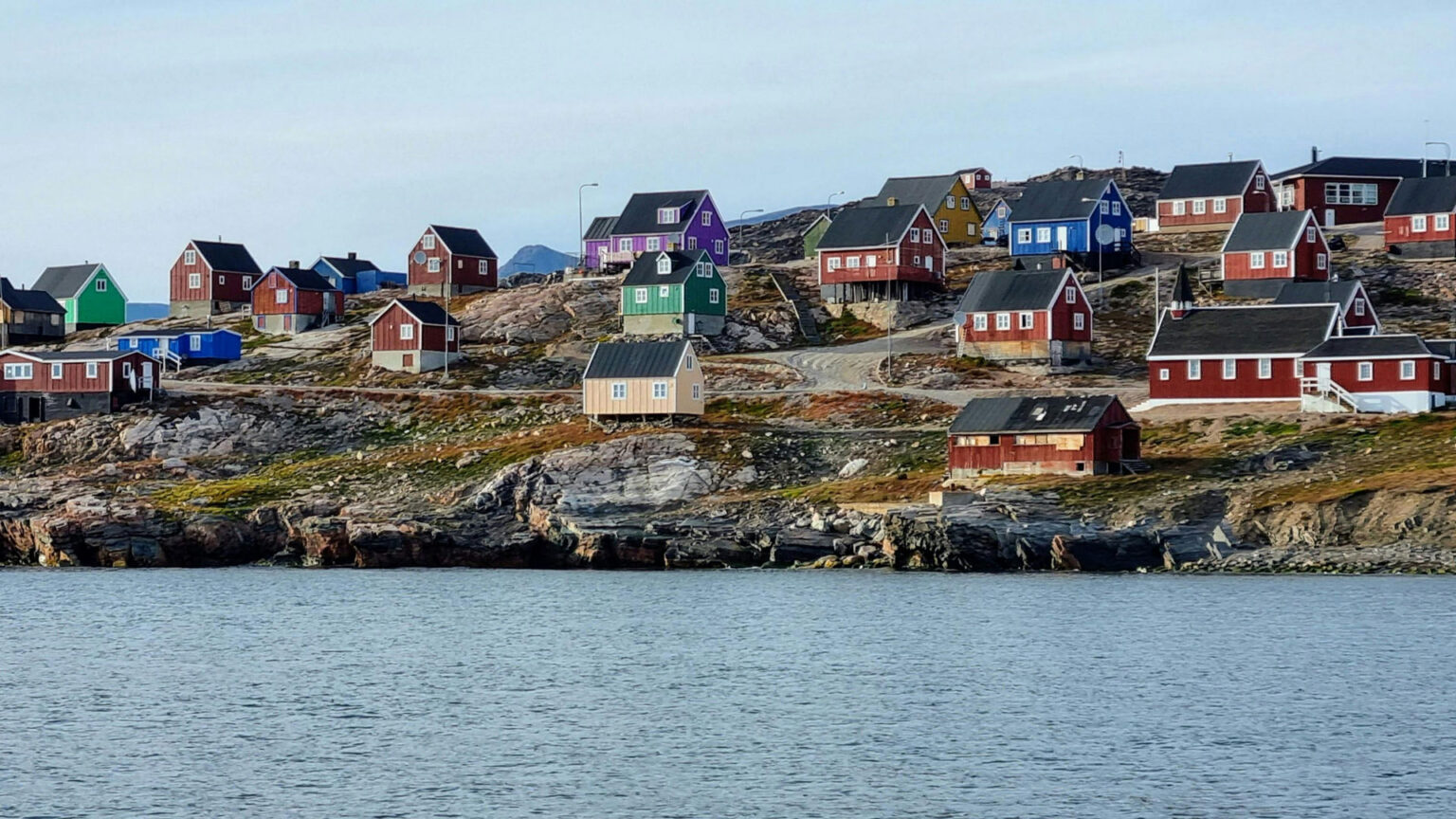Gobi Desert Crossing: Embarking on an Epic Adventure

The Gobi Desert, spanning across northern and northwestern China and southern Mongolia, is one of the most unforgiving and awe-inspiring environments on Earth. This vast expanse of sand, rock, and sparse vegetation has captivated explorers and adventurers for centuries. Crossing the Gobi Desert is an adventure that beckons the brave and the curious, offering a unique blend of natural beauty, cultural significance, and personal challenge. The desert’s sheer scale and remoteness make it an ultimate test of human endurance.
A Brief Overview of the Gobi Desert
The Gobi Desert covers over 1.3 million square kilometers, characterized by vast expanses of sand dunes, rocky outcrops, and sparse vegetation. This harsh environment is shaped by extreme temperature fluctuations, limited precipitation, and fierce winds. Summer temperatures often soar above 38°C (100°F), while winters plummet to -20°C (-4°F). The Gobi’s unique geography creates a variety of ecosystems, including the Alashan Plateau, the Dzungarian Basin, and the Mongolian Gobi. Each region presents distinct challenges and opportunities for exploration.
The Allure of Gobi Desert Crossing
For adventurers and explorers, crossing the Gobi Desert represents the ultimate test of endurance and resilience. This journey offers:
- Unparalleled landscapes: Witness the majestic sand dunes, shimmering oases, and rugged rock formations that defy the imagination. The Gobi’s vast expanses of untouched wilderness provide a unique opportunity for solitude and self-reflection.
- Cultural immersion: Encounter traditional nomadic communities, learning about their customs, ways of life, and ancient traditions. Experience the hospitality of Mongolian and Chinese cultures, and gain insight into the region’s rich history.
- Personal growth: Push your limits, developing mental and physical toughness through overcoming obstacles and adapting to extreme conditions.
Preparing for the Challenge
Crossing the Gobi Desert demands careful preparation and planning. Key considerations include:
- Physical conditioning: Build stamina and endurance through rigorous training, including cardiovascular exercise, strength training, and acclimatization to extreme temperatures.
- Equipment and gear: Select suitable clothing, footwear, and backpacks designed for the extreme conditions. This includes waterproof and windproof gear, insulated sleeping bags, and water purification systems.
- Navigation and communication: Utilize GPS devices, maps, and satellite phones to stay connected and on course.
Thesis Statement
Crossing the Gobi Desert is an epic adventure that requires careful preparation and endurance, offering breathtaking landscapes, cultural enrichment, and transformative personal experiences. This journey challenges travelers to confront their limits, embracing the beauty and brutality of the desert.
Geography and Climate of the Gobi Desert
The Gobi Desert’s unique geography and climate make it one of the most inhospitable environments on Earth, posing significant challenges to travelers and adventurers. Understanding this complex region is essential for successful navigation and exploration. The desert’s vast expanse, extreme weather conditions, and diverse terrain require careful planning and preparation to overcome.
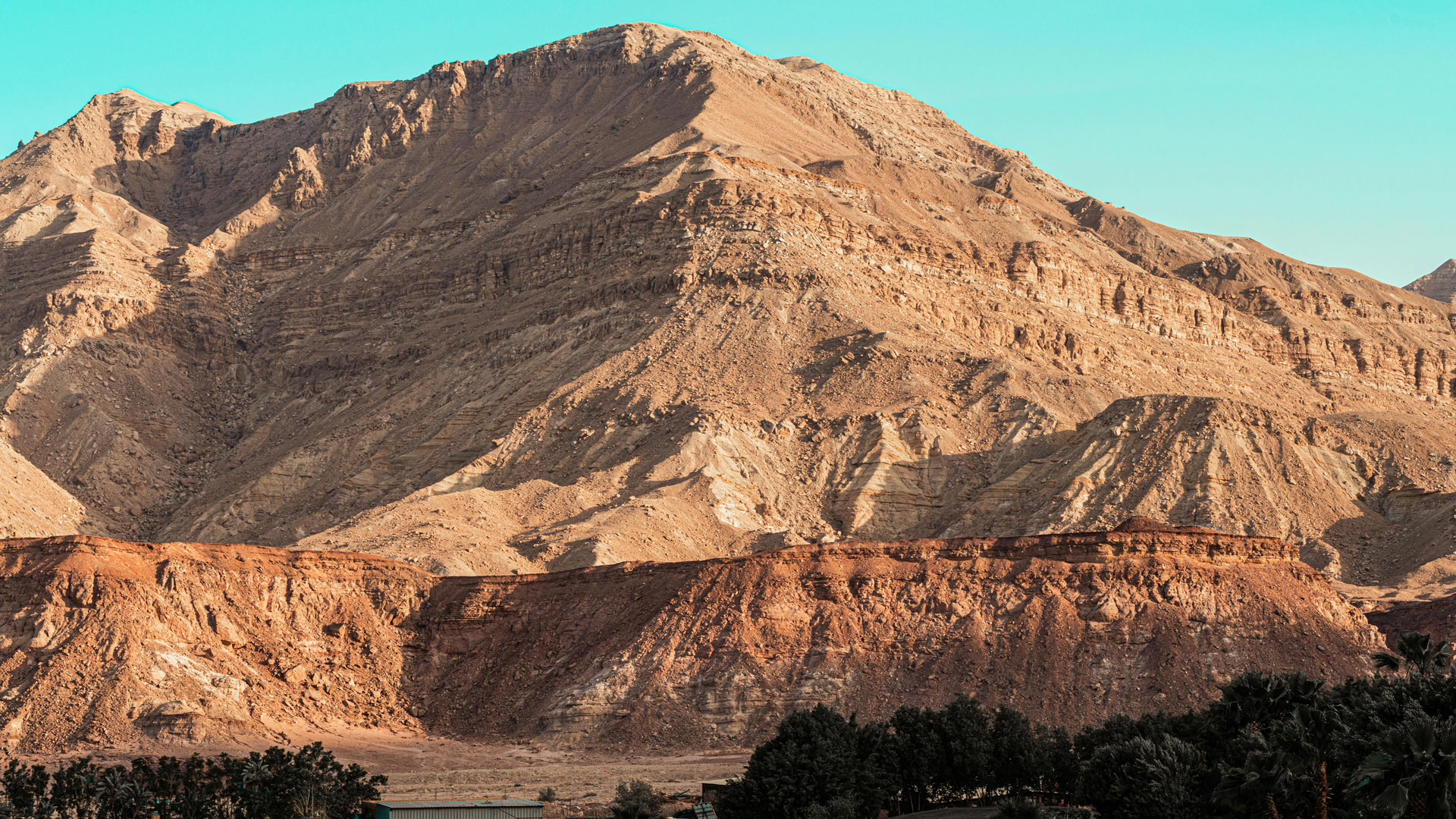
1. Location and Size
The Gobi Desert spans across northern and northwestern China and southern Mongolia, covering an impressive area of approximately 1.3 million square kilometers (500,000 sq mi). This vast region stretches:
- From the Tian Shan Mountains in the west, where the desert meets the mountainous regions of Xinjiang, China, and the ancient Silk Road
- To the Yellow Sea in the east, where the desert merges with the coastal plains of Shandong Province, China, and the fertile valleys of the Yellow River
- From the Mongolian Altai Mountains in the north, where the desert borders the mountainous regions of western Mongolia and the vast steppes of Central Asia
- To the Hexi Corridor in the south, where the desert meets the Tibetan Plateau and the majestic Himalayan mountain range
The Gobi Desert’s expansive size and geographical diversity create a wide range of ecosystems, each with unique characteristics and challenges. From the shifting sand dunes of the eastern Gobi to the rocky outcrops of the western Gobi, the desert’s varied terrain demands adaptability and resilience from travelers.
2. Climate: Extreme Temperatures and Limited Precipitation
The Gobi Desert’s climate is characterized by:
Extreme temperature fluctuations:
- Summer temperatures often soar above 38°C (100°F), with temperatures reaching as high as 45°C (113°F) in July and August, making it one of the hottest places on Earth
- Winter temperatures plummet to -20°C (-4°F), with temperatures dropping as low as -40°C (-40°F) in January and February, making it one of the coldest inhabited regions
Limited precipitation:
- Average annual rainfall: 25-50 mm (1-2 in), with some areas receiving as little as 10 mm (0.4 in) per year, classifying it as one of the driest places on Earth
- Precipitation is often sporadic and unpredictable, making water scarcity a significant concern for travelers and local communities
The climate’s severity and unpredictability demand careful planning and preparation from travelers. Understanding the desert’s climate patterns is crucial for navigating its challenges and staying safe.
3. Terrain: A Diverse and Unforgiving Landscape
The Gobi Desert’s terrain is as varied as it is harsh:
Sand dunes:
- Towering dunes stretch up to 100 meters (330 ft) high, shifting sands make navigation challenging and require specialized skills
- Dune fields cover vast areas, requiring travelers to adapt to changing terrain and potentially hazardous sandstorms
Rocky outcrops:
- Granite and sandstone formations punctuate the desert landscape, providing vital shelter and landmarks for travelers
- Rocky outcrops create microclimates, supporting unique ecosystems and wildlife, such as the rare Bactrian camel and snow leopard
Oases:
- Rare havens of vegetation and water, supporting isolated communities and wildlife
- Oases provide vital resources for travelers, but require careful management to avoid depletion and preserve the delicate ecosystem
The terrain’s diversity and complexity demand flexibility and resourcefulness from travelers.
Sub-regions of the Gobi Desert
The Gobi Desert can be divided into several distinct sub-regions:
- Alashan Plateau: A high-altitude region of rocky outcrops and sand dunes, characterized by extreme temperature fluctuations and limited precipitation
- Dzungarian Basin: A low-lying area of sand dunes and oases, supporting unique ecosystems and wildlife, such as the endangered black-tailed gazelle
- Mongolian Gobi: A vast, arid region of sand and rock, with limited precipitation and extreme temperature extremes, home to the legendary Gobi bears
Each sub-region presents unique challenges and opportunities for exploration.
Impact on Gobi Desert Crossing
Understanding the Gobi Desert’s geography and climate is crucial for successful crossing:
- Navigation requires careful planning and adaptation to shifting sands and extreme weather
- Travelers must prepare for temperature extremes, limited water availability, and potential sandstorms
- Knowledge of terrain and microclimates informs route selection and camping strategies
- Effective planning and preparation enable travelers to mitigate risks and maximize the rewards of this incredible adventure
Moreover, understanding the desert’s geography and climate helps travelers:
- Identify potential hazards and develop contingency plans
- Optimize route planning and scheduling
- Manage resources effectively
- Enhance the overall safety and enjoyment of the journey
Challenges and Dangers of Crossing the Gobi Desert
The Gobi Desert poses numerous challenges and dangers to travelers, making it essential to be aware of the risks and take necessary precautions.
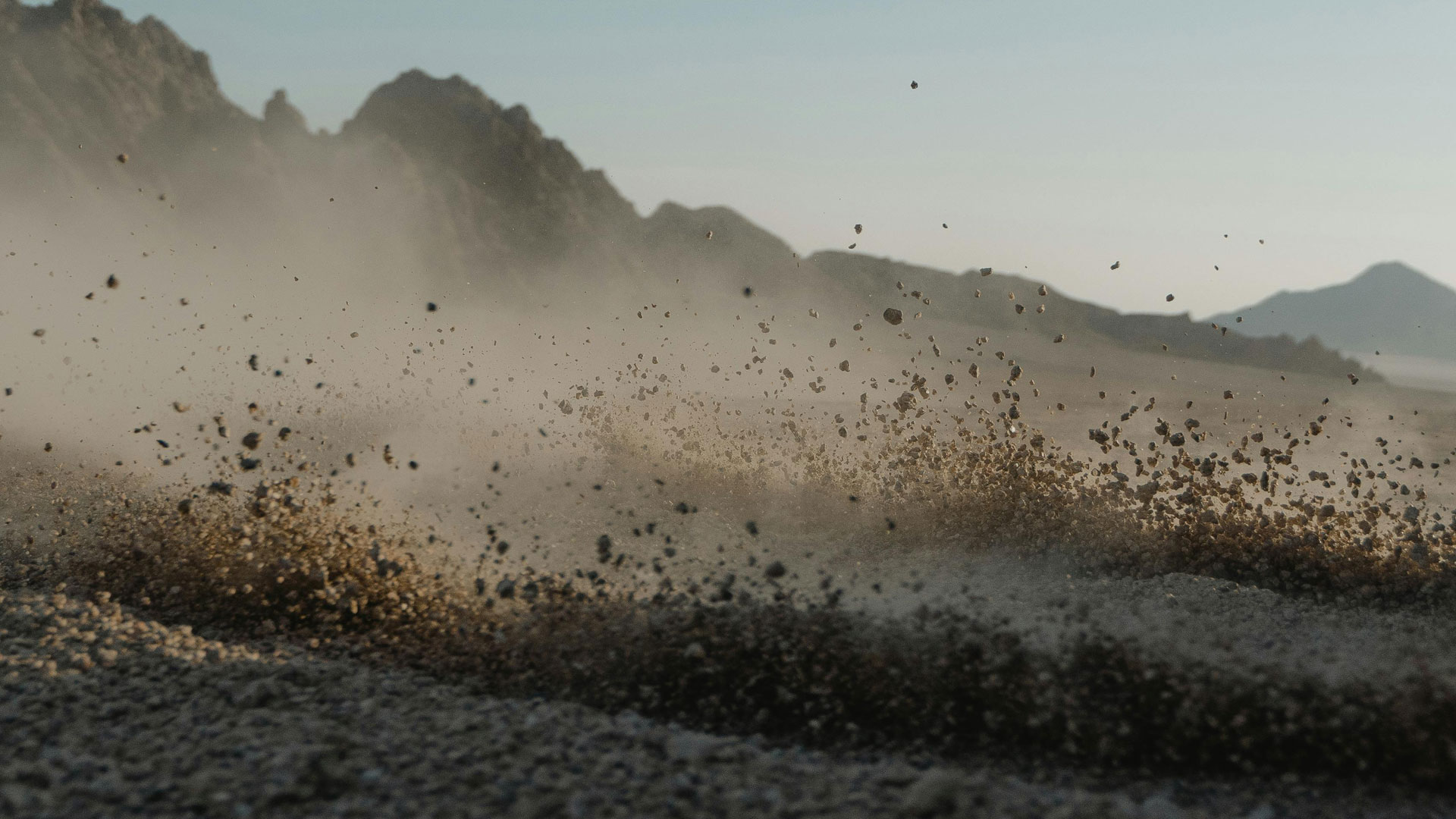
Dehydration and Heatstroke
Dehydration and heatstroke are significant threats in the Gobi Desert:
- Temperatures can soar above 45°C (113°F) during the day
- Limited shade and water sources exacerbate dehydration
- Symptoms include headaches, fatigue, and dizziness
- Severe cases can lead to organ failure and death
Prevention measures:
- Drink at least 5 liters of water per day
- Avoid traveling during peak sun hours (11am-3pm)
- Wear lightweight, breathable clothing
- Monitor urine output and color
Sandstorms and Dust Devils
Sandstorms and dust devils are common in the Gobi Desert:
- Reduced visibility can disorient travelers
- Strong winds can knock over vehicles or tents
- Dust particles can damage equipment and respiratory systems
- Storms can last from minutes to days
Prevention measures:
- Monitor weather forecasts
- Secure tents and equipment
- Wear protective gear (goggles, masks)
- Stay indoors during storms
Limited Access to Water and Food
Water and food scarcity are critical concerns:
- Limited water sources and oases
- Food options are scarce and often spoiled
- Travelers must carry sufficient supplies
- Rationing is crucial to avoid depletion
Prevention measures:
- Carry at least 3 days’ worth of water and food
- Ration supplies carefully
- Identify potential water sources (oases, wells)
- Pack high-calorie, nutrient-dense foods
Wildlife Encounters
The Gobi Desert is home to venomous wildlife:
- Snakes (cobras, vipers)
- Spiders (tarantulas, scorpions)
- Other animals (wild boars, wolves)
- Encounters can be deadly
Prevention measures:
- Wear protective clothing (long sleeves, pants)
- Avoid tall grass and rocky areas
- Use flashlights at night
- Keep a safe distance from wildlife
Navigation Challenges
Navigation in the Gobi Desert can be difficult:
- Lack of landmarks and signage
- GPS reliability issues
- Compass interference from magnetic rocks
- Disorientation from sandstorms
Prevention measures:
- Use multiple navigation tools (GPS, compass, maps)
- Identify recognizable landmarks
- Travel with experienced guides or partners
- Keep a detailed route plan
Additional Risks
Other challenges and dangers include:
- Altitude sickness
- Frostbite and hypothermia
- Isolation and mental health concerns
- Equipment failure
Traveler Preparation
To mitigate these risks, travelers must:
- Conduct thorough research and planning
- Prepare physically and mentally
- Pack essential gear and supplies
- Stay informed about weather and local conditions
By understanding the challenges and dangers of crossing the Gobi Desert, travelers can take necessary precautions to ensure a safe and successful journey.
Preparation and Planning for Crossing the Gobi Desert
Thorough preparation and planning are crucial for a successful and safe crossing of the Gobi Desert.

Research and Mapping
Conduct extensive research:
- Study maps, guides, and online resources
- Consult with experienced travelers and experts
- Identify potential routes, water sources, and campsites
- Understand local regulations and permits required
Create a detailed route plan:
- Outline daily itineraries and distances
- Identify potential hazards and challenges
- Mark essential landmarks and waypoints
- Leave a copy with emergency contacts
Physical Conditioning and Training
Develop a training plan:
- Cardiovascular exercise (running, cycling)
- Strength training (weightlifting, bodyweight exercises)
- Endurance training (long-distance hiking)
- Acclimatization to extreme temperatures
Allow 2-3 months for conditioning:
- Gradually increase intensity and duration
- Incorporate desert-specific training (sand hiking, heat acclimatization)
- Monitor progress and adjust training as needed
Equipment and Gear
Pack essential gear:
- Clothing:
- Breathable, moisture-wicking fabrics
- Insulating layers for cold temperatures
- Protective gear (gloves, goggles)
- Footwear:
- Sturdy, waterproof hiking boots
- Sand-proof gaiters
- Backpacks:
- Durable, water-resistant materials
- Multiple compartments for organization
Additional essentials:
- Sleeping bag and pad
- Water filtration/purification system
- First aid kit
- Navigation tools (GPS, compass, maps)
Water and Food Supply Management
Plan water and food supplies:
- Carry at least 3 days’ worth of water (5 liters/day)
- Pack high-calorie, nutrient-dense foods
- Ration supplies carefully
- Identify potential water sources (oases, wells)
Consider water purification methods:
- Filters
- Chemical treatment
- Boiling
Emergency Preparedness
Prepare for emergencies:
- First aid kit:
- Basic medical supplies
- Pain relievers
- Antihistamines
- Communication devices:
- Satellite phone
- Two-way radio
- Whistle
- Emergency shelter and warmth:
- Lightweight tent
- Sleeping bag
- Fire starting equipment
Additional considerations:
- Leave a detailed itinerary with emergency contacts
- Carry a personal locator beacon (PLB)
- Stay informed about weather and local conditions
By thoroughly preparing and planning, travelers can minimize risks and ensure a successful crossing of the Gobi Desert.
Crossing the Gobi Desert: Practical Considerations
Crossing the Gobi Desert requires careful planning, preparation, and physical and mental endurance.
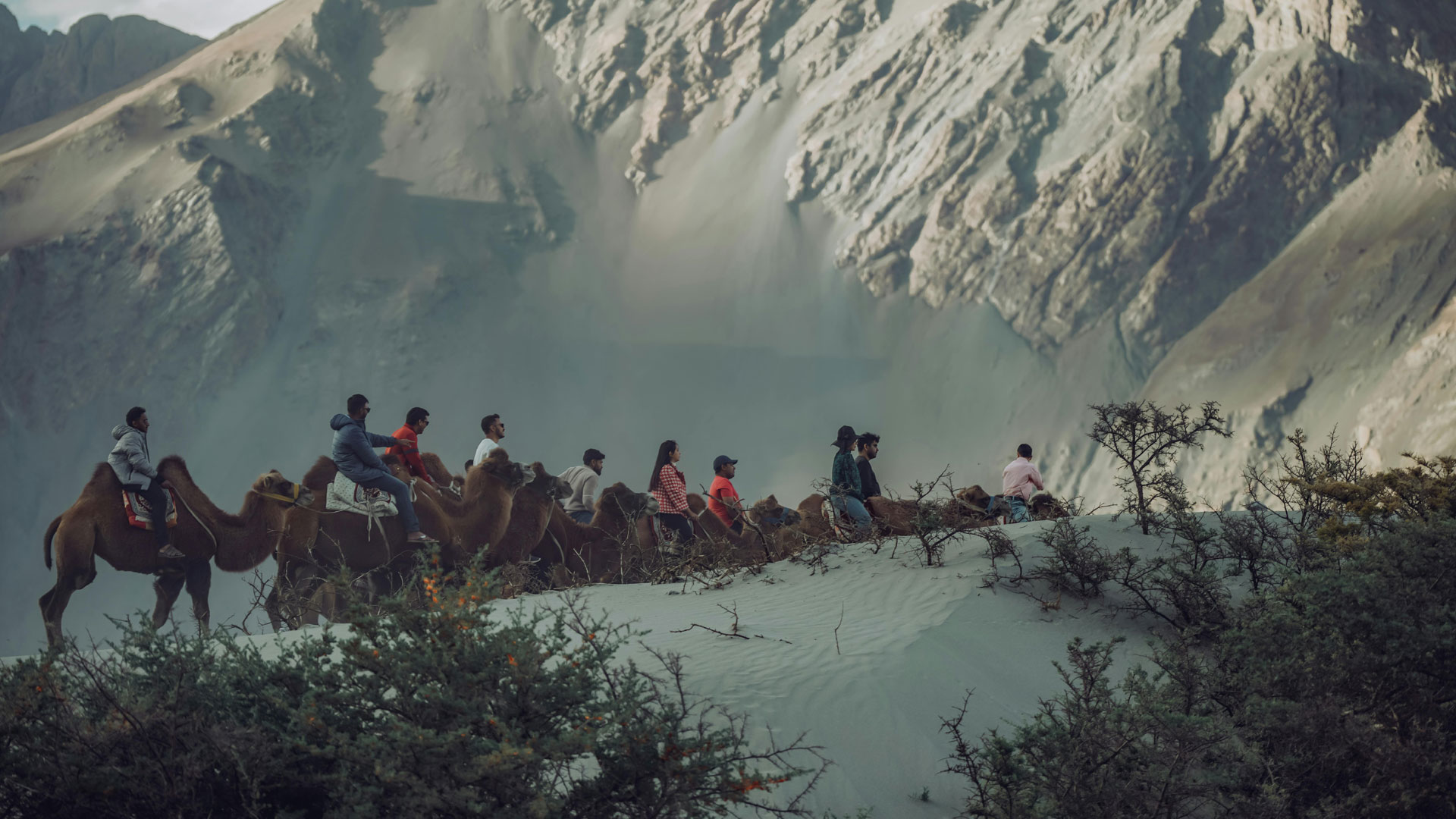
Choosing the Right Route
Select a route that balances:
- Distance and terrain
- Access to water and food
- Navigation challenges
- Cultural and historical significance
Popular routes include:
- The Northern Route: Follows the Mongolian-Chinese border
- The Southern Route: Passes through the Alashan Plateau
- The Central Route: Crosses the Dzungarian Basin
Consult with experts, guides, and local authorities to determine the best route for your experience level and objectives.
Daily Routines
Establish a daily routine to maintain:
- Hydration: Drink 5-6 liters of water per day
- Rest: Take regular breaks and aim for 7-8 hours of sleep
- Navigation: Use GPS, compass, and maps to stay on course
Sample daily schedule:
- 6:00 AM: Wake up, stretch, and hydrate
- 7:00 AM: Breakfast and break camp
- 8:00 AM: Begin hiking
- 12:00 PM: Rest and hydrate
- 2:00 PM: Continue hiking
- 6:00 PM: Set up camp and rest
Managing Fatigue and Mental Strain
Crossing the Gobi Desert can be mentally and physically exhausting:
- Pace yourself to avoid burnout
- Take regular breaks to rest and recharge
- Stay hydrated and fueled
- Practice mindfulness and meditation
Recognize signs of fatigue and mental strain:
- Dizziness and headaches
- Irritability and mood swings
- Decreased appetite and energy
Encountering Nomadic Communities
The Gobi Desert is home to nomadic communities:
- Respect local customs and traditions
- Learn basic Mongolian and Chinese phrases
- Share food and tea with locals
- Ask permission before taking photos
Nomadic communities can provide:
- Valuable insights into desert survival
- Local knowledge of water sources and routes
- Hospitality and shelter
Overcoming Obstacles
Prepare for unexpected challenges:
- Sandstorms: Secure gear, stay indoors, and wait for the storm to pass
- Injuries: Administer basic first aid, rest, and seek medical attention if necessary
- Equipment failure: Carry spare parts and know how to repair gear
Stay flexible and adaptable:
- Adjust your route or schedule as needed
- Seek help from locals or fellow travelers
- Stay positive and focused on your goal
By understanding the practical considerations of crossing the Gobi Desert, travelers can better prepare themselves for the challenges and rewards of this incredible adventure.
Cultural Significance of the Gobi Desert
The Gobi Desert holds profound cultural significance, spanning thousands of years of human history.

Historical Significance of the Gobi Desert
The Gobi Desert has played a crucial role in:
- The Silk Road: A vital trade route connecting East Asia with the Mediterranean
- The Mongol Empire: Genghis Khan’s conquests originated in the Gobi
- Ancient civilizations: The desert was home to various cultures, including the Xiongnu and Uyghur
Archaeological sites and artifacts:
- The Tarim Mummies
- The Orkhon Valley Petroglyphs
- The Gobi Desert’s numerous fossil discoveries
Importance to Mongolian and Chinese Cultures
The Gobi Desert holds spiritual and cultural significance:
- Mongolian culture: The desert is revered as the “Motherland” of the Mongol people
- Chinese culture: The Gobi is considered a symbol of resilience and adaptability
Traditional folklore and mythology:
- The legend of Genghis Khan’s birthplace
- The story of the “Gobi Bear”
- Mongolian and Chinese literature, art, and music inspired by the desert
Traditional Nomadic Lifestyles
Nomadic communities have thrived in the Gobi Desert for centuries:
- Herding livestock (goats, sheep, camels)
- Living in ger (yurts) and tents
- Practicing traditional medicine and spirituality
Nomadic traditions:
- Annual migrations
- Family and clan ties
- Respect for the land and natural resources
Modern-Day Implications
The Gobi Desert faces contemporary challenges:
- Mining: Coal, copper, and gold extraction
- Conservation: Protecting fragile ecosystems and biodiversity
- Climate change: Rising temperatures and changing precipitation patterns
Efforts to preserve the Gobi’s cultural heritage:
- Establishing national parks and protected areas
- Supporting sustainable tourism
- Documenting and preserving traditional nomadic practices
The Gobi Desert’s cultural significance extends beyond its historical and cultural importance:
- Inspiring scientific research and discovery
- Fostering international cooperation and understanding
- Symbolizing resilience and adaptability in the face of adversity
By acknowledging the Gobi Desert’s cultural significance, we can:
- Appreciate the rich history and traditions of the region
- Support conservation and sustainable development efforts
- Learn from the desert’s unique cultural and environmental adaptations
Conclusion: Embarking on the Gobi Desert Adventure
The Gobi Desert, a vast and unforgiving landscape, beckons adventurers and explorers to embark on an extraordinary journey.
1. Recap of Key Takeaways
This comprehensive guide has covered:
- Geography and climate of the Gobi Desert
- Challenges and dangers of crossing the desert
- Preparation and planning for a successful journey
- Cultural significance and historical importance
- Practical considerations for crossing the desert
2. Final Thoughts on the Adventure
Crossing the Gobi Desert is more than just a physical challenge:
- It’s a journey of self-discovery and personal growth
- A chance to connect with nature’s raw beauty
- An opportunity to experience ancient cultures and traditions
The Gobi Desert’s vast expanse and harsh conditions can:
- Test physical and mental limits
- Inspire awe and humility
- Foster resilience and adaptability
3. Encouragement for Readers to Explore
The Gobi Desert awaits:
- Experienced adventurers seeking a new challenge
- Curious travelers eager to explore the unknown
- Anyone seeking a transformative experience
Before embarking on this incredible journey:
- Research and prepare thoroughly
- Respect local cultures and environments
- Stay safe and aware of potential dangers
The Gobi Desert’s allure lies in its:
- Unspoiled landscapes
- Rich cultural heritage
- Unforgettable adventures
Join the ranks of brave explorers and adventurers who have:
- Conquered the Gobi’s unforgiving terrain
- Discovered hidden oases and ancient ruins
- Experienced the desert’s mesmerizing beauty
Embark on the Gobi Desert adventure and:
- Challenge yourself to the ultimate test
- Discover the secrets of the Mongolian and Chinese wilderness
- Unleash your inner explorer

